Now Reading: Top 10 Best Places to Visiting in Senapati – Valleys, Waterfalls & Heritage Villages
-
01
Top 10 Best Places to Visiting in Senapati – Valleys, Waterfalls & Heritage Villages
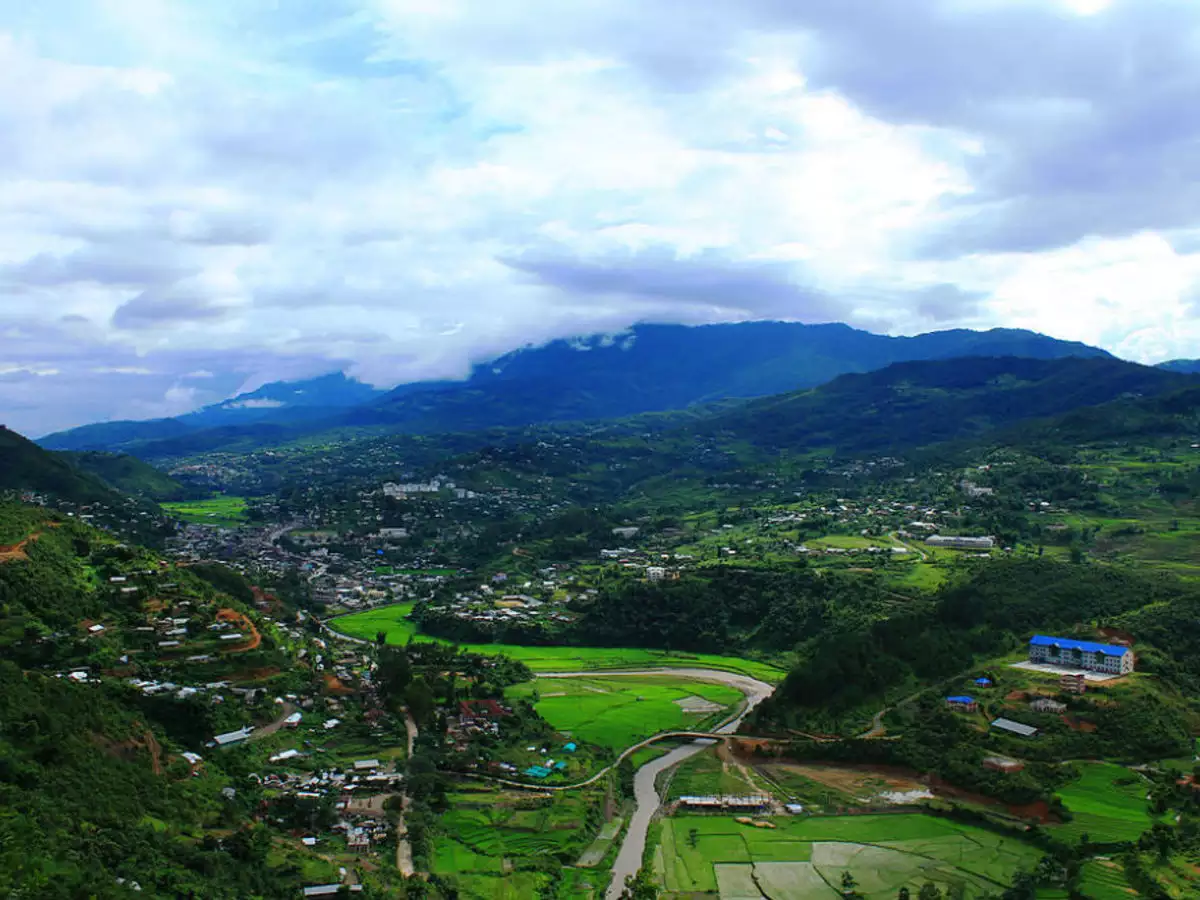
Top 10 Best Places to Visiting in Senapati – Valleys, Waterfalls & Heritage Villages
1.Maram Khullen

As one travels through Manipur’s beautiful hills they will encounter Maram Khullen the biggest and most traditional settlement within the district area. Maram Khullen exists today as a preserved example of ancient traditions because of its traditional cultural legacy along with its strong communal values.
History
- As a primitive village Maram Khullen exists as an untouched community which has maintained its cultural ways and spoken language together with social orders for successive lines of inhabitants. The word “Khullen” stands for “old village” in local Maram dialect because it served as the ancestral settlement of the Maram tribe. Through recorded oral traditions transferred from generation to generation locals understand the extended history of the place.
Maram Khullen finds its home within an area of lush green vegetation and forested landscapes. The residents share a relationship of cooperation with nature by focusing on sustainable organic farming alongside communal house arrangements. The residents of this peaceful community organize many collective events that occupy a central role throughout their daily routines.
2.Yangkhullen

Asian India features Yangkhullen as its largest Zemei village which exists within northeastern Indian cliffs together with picturesque landscapes. Maram Centre lies 47 kilometers away from Yangkhullen which sits alongside the Peren road.
The collective population of this village uses ancient social and economic traditions to create a sustainable harmony with nature. Traditional living continues in Yangkhullen which operates outside the modern development model because community principles and ancient traditions determine its cultural patterns.
Yangkhullen stands out due to its culture as well as its breathtaking surrounding environment. The village stands as a secret land which sits atop sweeping cliffs while embracing a natural environment that remains peaceful and timeless and deeply tied to Earth itself.
3.Mao

The northernmost portion of Manipur hosts Mao which stands as a thriving border community because it combines vibrant activity with cultural richness and economic activity and connection with its people. From Imphal the capital of Manipur where it lies 107 km away Mao acts as the essential gateway between Manipur and Nagaland since Kohima the capital of Nagaland rests within 28 km distance.
Travelers find Mao crucial because it stands as the largest settlement on the Manipur side before crossing into Nagaland. The town’s streets maintain an active atmosphere through the combination of markets filled with fresh produce while roadside vendors refer to pedestrians and buses and vans continually stop to embark and exit passengers in both directions.
The area surrounding Mao functions as the primary food source for its adjacent villages which makes it vital for the sustenance of the hill economic region. People from the surrounding areas of Mao develop numerous crops and vegetables on their productive lands while the active communities sell their produce in the town’s vibrant market places. The traded goods feed local inhabitants while traders distribute them to additional territories in Manipur and Nagaland.
4.Liyai

The verdant hills of Northeast India contain Liyai Village which exists 33 kilometers east of Tadubi as a historical village embracing natural beauty. Liyai Village presents itself as a living ancestral heritage destination that both displays traditional homes and bonds visitors to the birth locations of Indian rivers.
History
Several historical sites located in Liyai share the ancient tales from a distant past. The stone monolith elevates silently above village grounds to display continuous traditions and ancestral stories of the local tribes. Water pools near the village present a peaceful vision even though no one knows if they previously served as rituals locations or served as communal areas for the people who lived there.
Local residents meet beneath the extensive canopy of a historic Banyan tree which they believe to have existed for many centuries to conduct talks and settle differences as well as mark community observances. The traditional Male House and Female House architectural forms demonstrate how the social structures of the village uphold gender norms during each generation.
Why Visit Liyai?
Any visitor can find value in Liyai according to their interest in historical sites or cultural experiences or natural exploration. The place welcomes people to experience a pace of life that is unhurried as each part of the environment reveals its stories. Touring Liyai provides visitors with more than fantastic vistas because it delivers firsthand experience of an extensive cultural heritage.
5.Makhel

Makhel exists within Manipur’s hill territory as a fundamental ancestral place that brings significance to origin and migration links between the Nagas and their sacred unity. The historical village maintains strong cultural and spiritual importance because it served as the ancestral settlement from which multiple groups started spreading across different periods of time.
The sacred monuments within this location provide evidence of its historical past which oral traditions and folklore also recognize. The various monuments in this place narrate the tales surrounding departure together with blessings and identity recognition and ancestral ties to both land and ancestors.
Visitors from today continue to visit Makhel because they want to honor their ancestors as well as experience their shared historical roots. The site hosts traditional cultural events as well as tribal meetings and commemorative ceremonies which both underline its modern value.
6.Dzuko Valley

An enchanting dreamlike setting exists in Dzukou Valley which hides within the Northeast Indian hills. The states of Nagaland and Manipur rub borders against this charming unspoiled valley that attracts nature enthusiasts together with adventurous trekkers who find tranquility within natural settings.
Tree hikers start their rewarding yet moderately demanding journey from the border town of Mao. The winding trail takes trekkers on a path which leads through forested areas and leads them to rock-filled terrain before passing majestic meadows that grant increasingly magnificent views with each advancing step.
Why Visit Dzukou?
The location presents an untouched atmosphere of peaceful silence because it stands apart from regular tourist hotspots.
The Dzukou Lily stands among other exotic flora which makes this an ideal location for botanists.
Venturing into this trek provides all aspects of adventure that captivating adventure lovers will adore.
Dzukou provides people seeking seclusion and peaceful relaxation with their ideal destination.
7.Purul

Purul village welcomes visitors from Maram by sitting only 19 kilometers away from the highway 39. Constitutional for indigenous traditions and games lies at the heart of the Poumai Naga cultural heritage.
Undoubtedly the standout attractions within Purul consist of the traditional games Toutou and wrestling due to their cultural importance for festivals.
During the community New Year festival Toutou functions as an indigenous game that brings people great joy. Community members play this game beyond entertainment purposes because it embodies the celebration of their cultural legacy and national unity while representing youthfulness. During this time the air gets intensely charged because both locals and visitors enthusiastically participate in the festivities.
The Paoki festival starts the paddy transplantation period by hosting traditional wrestling matches on its eve day. As an agricultural tradition Paoki brings together labor work and cultural activities with sports events during its first fortnight of May annually. The strong athletic competitions combine intense fights with supporting base while demonstrating community spirit and athletic glory.
8.Koubru Mountain

Located in the central section of Manipur Koubru Mountain ranks among the tallest peaks within the area while maintaining cultural and natural beauty significance. The majestic mountain attracts religious followers alongside hikers because pleasant summer weather creates the best conditions for climbing.
The mountain trip is commonly experienced with groups as people unite to share anecdotes and spiritual moments through melodies and communal rituals. The sacred origins of Koubru Mountain stands out as its most captivating character. Public folklore indicates that the Pandava siblings from Mahabharata folklore stopped at this mystical spot during their exile period.
Long mysterious caves serve as a point of interest during the way to reach Koubru Mountain. The cave enriches the mystical character of the entire trek because it holds magical local meanings from traditional beliefs.
9.Sadu Chiru Water Fall

Sadu Chiru Waterfall provides an ideal location for those who want to experience serenity within untamed natural surroundings. The scenic destination near Ichum Keirap village in Sadar Hills Senapati district attracts numerous nature enthusiasts with its 27-kilometer (about 17-mile) distance from Imphal.
Sadu Chiru Waterfall rests in a verdant landscape of hills to present an enchanting retreat beyond its picturesque scenery. Three waterfall cascades stand at Sadu Chiru Waterfall where the highest fall rises approximately 30 meters into the air. The combination of water crashing onto rock surfaces and clean mountain breeze produces a peaceful musical experience which brings tranquility to the mind.
The initially secret location has now become a significant tourist destination along with being a popular destination for picnics. The perfect nature destination of Sadu Chiru suits anyone who wants to spend time with family or friends or wishes to experience solitude in the outdoors. The attraction attracts large crowds of visitors during weekend and vacation days who frequently use it for lounging and photography activities all along its hiking trails and beside its waterways.
10.Koubru Laikha

Koubru Laikha which resides in the center of Manipur holds the status as one of the most devoted Shiv temples in the area. A Thousand devotees visit this spiritual site annually during Shivratri and the Kanwad Yatra which become special times due to its divine energy and sacred atmosphere.
The holiness which encircles Koubru Mountain in Meitei mythology makes Koubru Laikha particularly intriguing because believers connect the temple to this sacred mountain. The mystical forces of nature lead milk offerings at Koubru Mountain to appear at Koubru Laikha Temple according to believer traditions which elevates the holy significance of the temple. The divine story enhances Koubru Laikha’s sacred atmosphere so that religious seekers should consider visiting this place.
Why You Should Visit
Koubru Laikha stands as a place which delivers an extraordinary encounter to Lord Shiva worshipers and those fascinated by mystical legends and those who value peaceful sites of worship. Nature along with faith and divine tales surround this temple to make it a precious cultural destination in Manipur.
Related articles : Best Places to Visiting in Pherzawl – Waterfalls, Rivers & Cultural Sites
Stay Informed With the Latest & Most Important News
Previous Post
Next Post
-
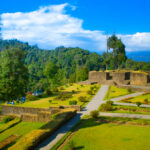 01Top 5 Best Places Visiting in Gyalshing – Monasteries, Lakes & Scenic Escapes
01Top 5 Best Places Visiting in Gyalshing – Monasteries, Lakes & Scenic Escapes -
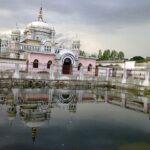 02Top 5 Best Places Visiting in Panna – Temples, Waterfalls & Wildlife Escapes
02Top 5 Best Places Visiting in Panna – Temples, Waterfalls & Wildlife Escapes -
 03Top 5 Best Places to Visit in Malerkotla – Malerkotla Fort, Sheesh Mahal & More
03Top 5 Best Places to Visit in Malerkotla – Malerkotla Fort, Sheesh Mahal & More -
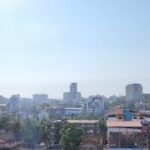 04Top 10 Best Places Visiting in Dakshina Kannad for Culture, Nature & Coastal Charm
04Top 10 Best Places Visiting in Dakshina Kannad for Culture, Nature & Coastal Charm -
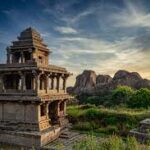 05Top 2 Best Places Visiting in Chitradurga for History, Nature & Adventure
05Top 2 Best Places Visiting in Chitradurga for History, Nature & Adventure -
 06Best Places Visiting in Shopian – Explore Top Attractions & Hidden Gems
06Best Places Visiting in Shopian – Explore Top Attractions & Hidden Gems -
 07Best Places Visiting in Narmadapuram – Temples, Waterfalls & Wildlife Escapes
07Best Places Visiting in Narmadapuram – Temples, Waterfalls & Wildlife Escapes












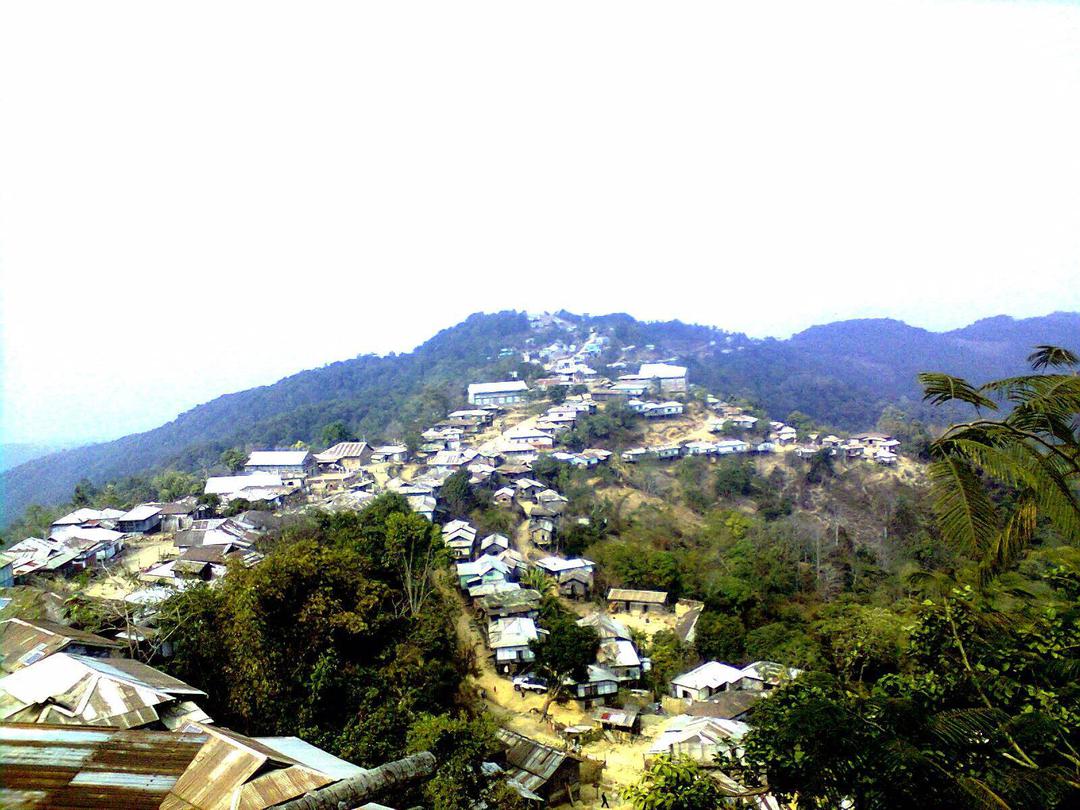
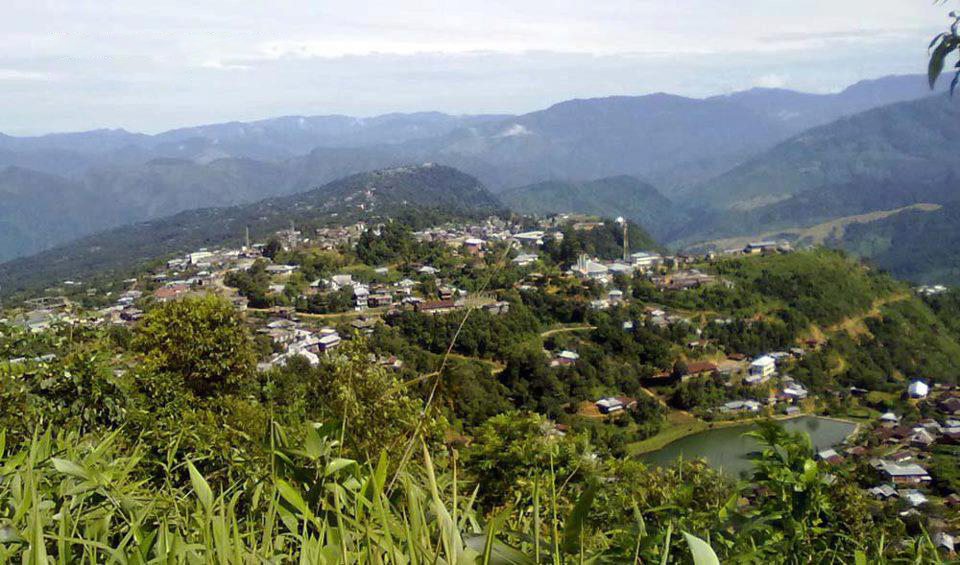
Pingback: Best Places to Visiting in Tamenglong – Zeilad Lake, Tharon Cave & More